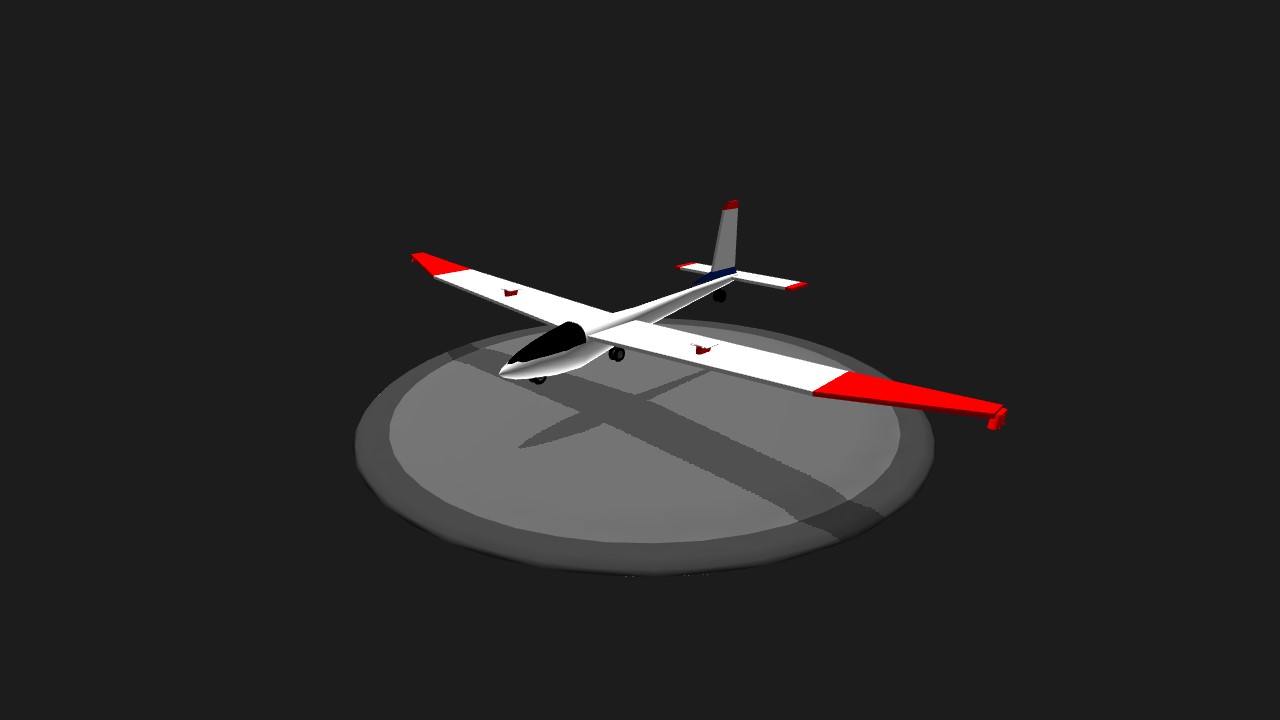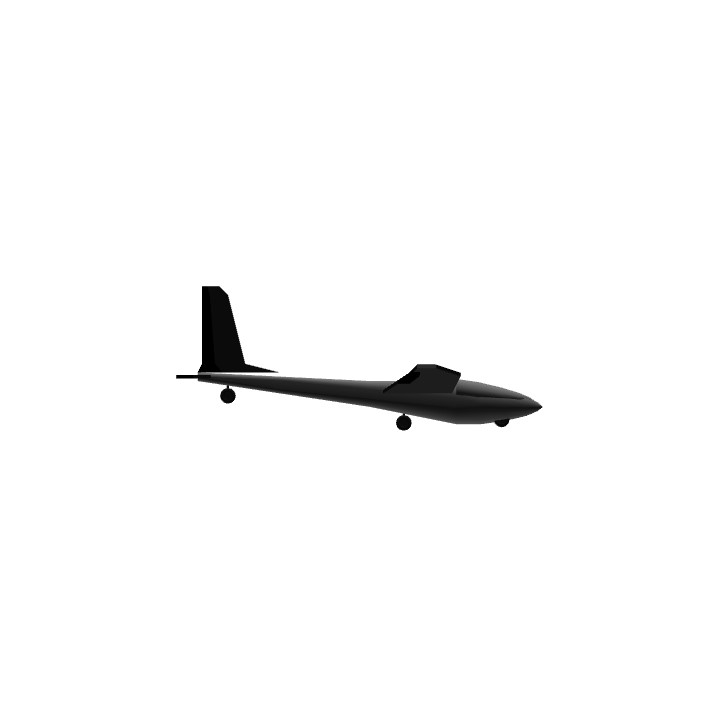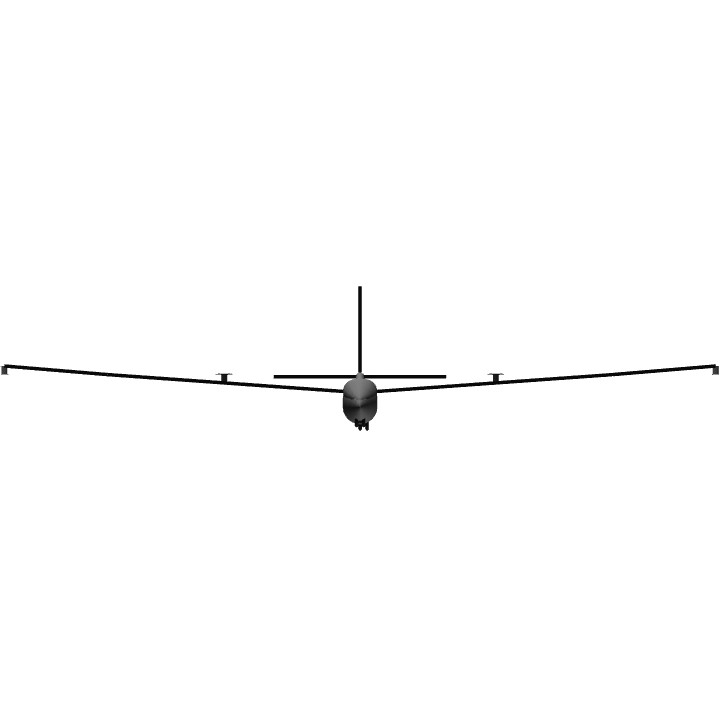Auto Credit Based on Benny3053's Glider Fuselage
A newer verson of the PW-6 N16VT!!
Specifications
General Characteristics
- Predecessor Glider Fuselage
- Successors 5 airplane(s) +38 bonus
- Created On iOS
- Wingspan 68.5ft (20.9m)
- Length 34.7ft (10.6m)
- Height 13.8ft (4.2m)
- Empty Weight 936lbs (424kg)
- Loaded Weight 5,318lbs (2,412kg)
Performance
- Wing Loading 12.9lbs/ft2 (63.2kg/m2)
- Wing Area 411.1ft2 (38.2m2)
- Drag Points 992
Parts
- Number of Parts 27
- Control Surfaces 11
- Performance Cost 235






Development Edit
The PW-6 was designed to be an ab initio trainer with the capability of providing cross-country training as well. It has handling and performance characteristics similar to the Politechnika Warszawska PW-5. In this way, it was envisaged that the transition to solo flying in the single-seater could be made sooner.
The prototype of the PW-6, built at DWLKK, made its maiden flight from Bemowo Airfield, Warsaw, in July 1998. Type certification was granted in September 2000, with Jerzy Kedzierski and Maciej Lasek having performed the test flights. Serial production started at PZL Swidnik soon afterwards, with first deliveries to Egypt, New Zealand, Belgium, Canada, United States, Portugal and Germany. Production at PZL Swidnik ceased after approximately 26 aircraft had been completed, but resumed at Zaklad Szybowcowy Jezow in 2007.
Design Edit
Classical shoulder-wing, two seater, tandem layout, designed in accordance with the requirements of JAR-22 Utility Category.
Wing shape and profile are similar to the PW-5 design: trapezoid plan with bow-shaped ends, shoulder-set on the fuselage, having a single-spar structure with sandwich shells. Schempp-Hirth-type air brakes extend on the upper wing surface only.
Fuselage shell of glass-epoxy composite monocoque structure, stiffened with frames. Fabric-covered rudder.
Fixed undercarriage consisting of main wheel behind the rear pilot, with shock absorber and drum brake, a smaller front wheel and a tail wheel to prevent ground scraping if over rotation takes place during take off or landing.
Two tow releases, for aerotowing and winch-launching.
Variants Edit
The following derivatives were projected, though not built:
PW-7 Motorglider project: two seater side-by-side motorglider, with PW-6 wing geometry.
PW-9A Aerobatic Training Glider, with automatic control connections and tail ballast compartment.
PW-9M Self Launching Training Glider, with Solo engine and folding propeller.
Specifications Edit
General characteristics
Crew: Two
Length: 7.85 m (25 ft 9 in)
Wingspan: 16.00 m (52 ft 6 in)
Height: 2.44 m (8 ft 0 in)
Wing area: 15.3 m2 (164 ft2)
Aspect ratio: 16.8
Empty weight: ca. 360 kg (790 lb)
Gross weight: 546 kg (1,200 lb)
Performance
Maximum speed: 260 km/h (160 mph)
Maximum glide ratio: 34
Rate of sink: 0.75 m/s (147 ft/min)
References Edit
Ewald J, Flight Test: PW-6, Sailplane and Gliding, Feb-Mar 2001
The World Class Soaring Association's
Politechnika Warszawska PW-6
PW-6
PW6U, Mlada Boleslav airfield (AKMB), Czech Republic.JPG
PW-6U
Role Training sailplane
National origin Poland
Manufacturer Glider Factory JEZOW
Designer Politechnika Warszawska
First flight July 1998
Number built ca. 35 by 2008
The Politechnika Warszawska PW-6U is a Polish two-seat training sailplane designed at the Warsaw University of Technology for basic flight instruction and transition training to the PW-5 single-seater. It was manufactured at PZL Świdnik from 2000 and at ZS Jezow from 2007.
We'll get right to it: This week we ask you to help Wikipedia. We're sustained by donations averaging about $15. If we all gave $3, the fundraiser would be over in an hour.
SELECT AN AMOUNT
$3
Other
Contents
Development
Design
Variants
Specifications
References